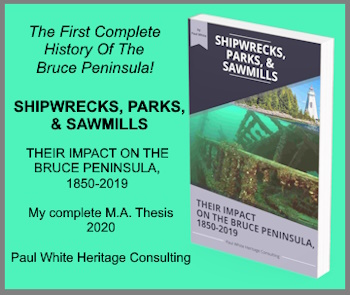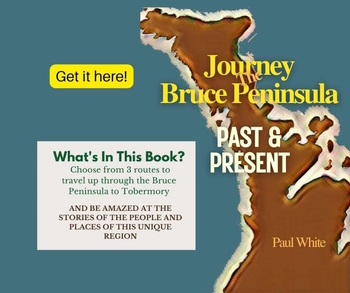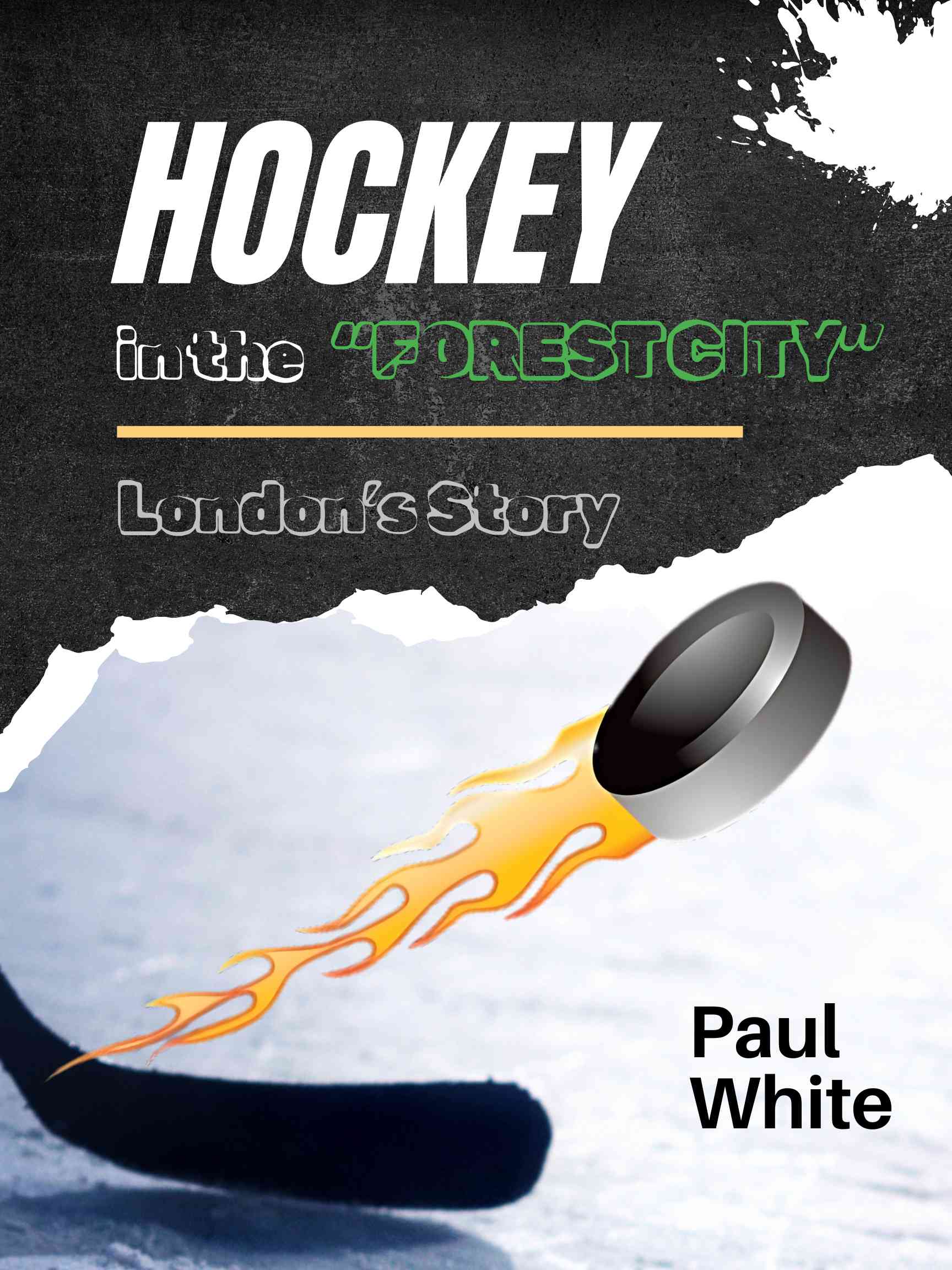Settler Impact on Bruce Peninsula Natives
The settler Impact on Bruce Peninsula Natives was not only from the imposition of treaties, but also from British military plans.
You have just learned that the government has invited people from another region to live on the property which you own. How would you feel? How would you react? To make matters worse, only a short time earlier, the government had arbitrarily taken some of your property. Of course, you had been paid, but you did not sell the land by choice. How would you feel? How would you react?
The native peoples of the Bruce Peninsula had, throughout the centuries, faced many incursions from invaders. On occasion, they had been forced to flee their home territory, re-group, and return after the invading forces had been dispatched.
For more than a century after the bloody battles with the Iroquois, native life on the Bruce Peninsula had been relatively calm. However, new incursions to the region were about to occur.
In the 1830s, the colonial government of Upper Canada realized that it was running out of land to offer the growing number of immigrants from Britain and elsewhere. One of the last unsettled tracts of land in what is now southern Ontario lay to the west and north of the Fergus/ Elora region. But there was a problem. Treaties with the natives had relieved some of this territory, but by and large, there were still large parcels that were the domain of the natives of the region.
In 1836, a treaty was negotiated which created a native territory "in perpetuity'. In the next quarter of a century, "forever" proved to be something other than the standard dictionary meaning. Also, which natives would live in the established territory became a matter of debate.
The question of which natives held sovereignty over the area came to the fore in 1839. Beginning in that year and continuing until the late 1840s, the British government, in conjunction with several missionary groups, invited natives who lived in the United States to move across the border into the Canadian colony and take up residence. One of the areas offered to these natives was the Bruce Peninsula.
The motive behind the action was purely military. During the War of 1812, many Natives who resided in the United States had been allies of British. It was the British government's plan that, if these natives lived in Canada, they could once again serve as valuable allies in the event of a future military action between Britain and the United States.
Indigenous people from other parts of the Canadian colony were also forced to relocate in the Bruce Peninsula region. As lands were required for the ever-increasing numbers of non-native settlers in the more populated regions of the colony, Indigenous lands were annexed. Those who were displaced were offered territory in more remote areas of the Bruce Peninsula region.
Perhaps this circumstance could have been tolerable for the Indigenous residents if, during the same period, this region had not been targeted for non-Indigenous settlement.
The 1836 Treaty had reduced the Indigenous land holdings in the region from about two million acres to approximately 450,000 acres. Aside from the arrival of more Indigenous people and the threat of non-Indigenous incursions into the region, historian, Peter Schmaltz suggests that the Saugeens lived in fear of Bond Head's plan of moving them to Manitoulin Island!
During the 1840s and 50s, the community of Owen Sound, as well as other pioneer settlements grew, creating a need for more land for white settlement. In response, the colonial government "negotiated" more treaties in order to make more land available. This led to a further reduction of Indgienous territory. This circumstance created problems for the Indigenous communities. Less land and more people made it difficult for the traditional hunting and food gathering process to be continued.
Information about this period of time in our history is sketchy and, consequently, there is diversity of opinion.
A version of this article originally appeared in my Local History column in the Owen Sound Sun Times on November 28, 1997.
Aboriginal History
The Aboriginal History of the Bruce Peninsula is an interesting microcosm of the aboriginal history of Canada. Exploring the pages that follow you will read about the numerous treaties that impacted the lives of the indigenous peoples of the peninsula.
Aboriginal History: The 1836 Treaty made promises to the native peoples of the Bruce Peninsula which did not last long before everything changed again.
Aboriginal History: the Bruce Peninsula has a long indigenous heritage not just for the native nation living there today, but for other native groups as well.
Bruce Peninsula Land Claim: Historical Perspective explores the some of the pre-conquest era on the Bruce Peninsula adding further information surrounding the quest of the Indigenous people in terms of the current land claim.
Catherine Sutton: aka Nahneebahweequay was a hero, fighting for her Indigenous rights and those of her family. She took her issues to Queen Victoria.
"Half Mile-Strip" Treaty made it possible for a relatively smooth overland connection to be built between Owen Sound and the Lake Huron shoreline.
Settler Impact on Bruce Peninsula Natives was not only from the imposition of treaties, but also from British military plans.





